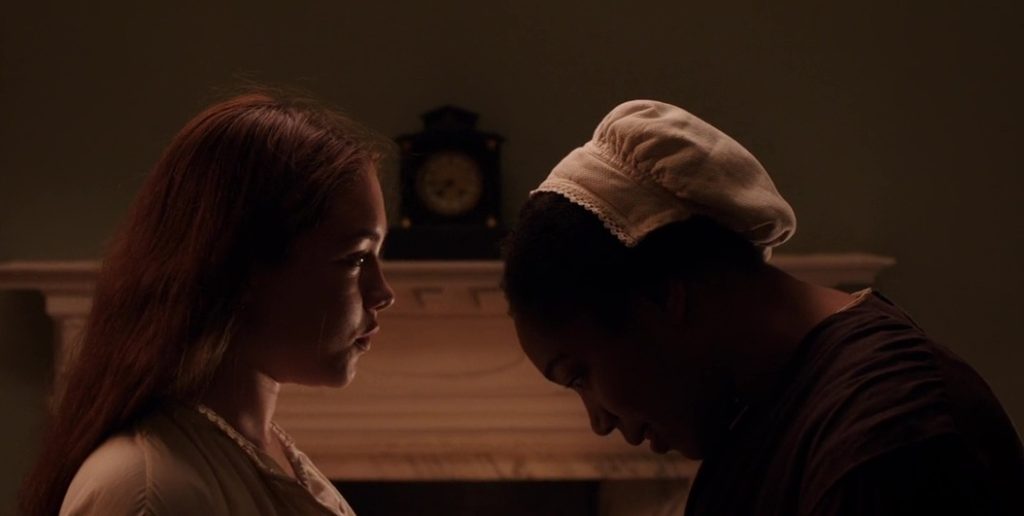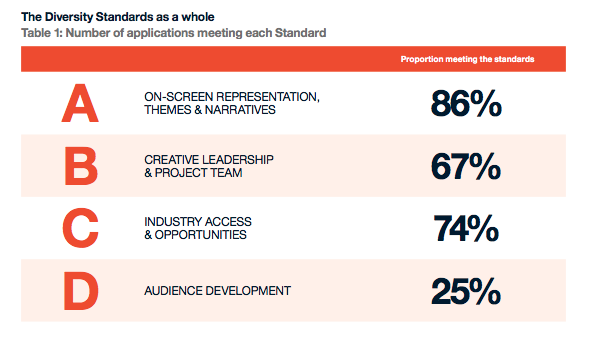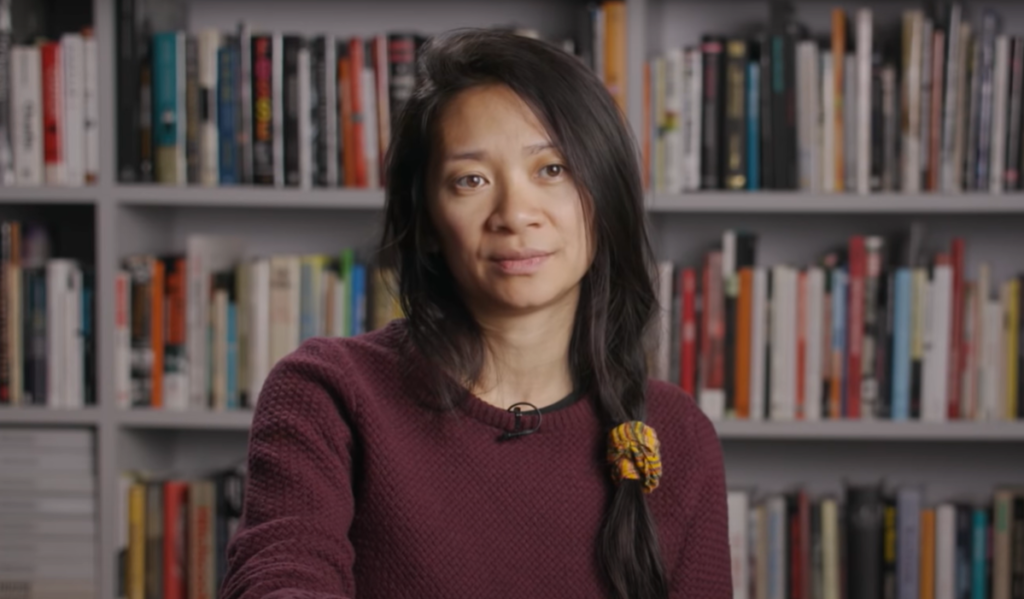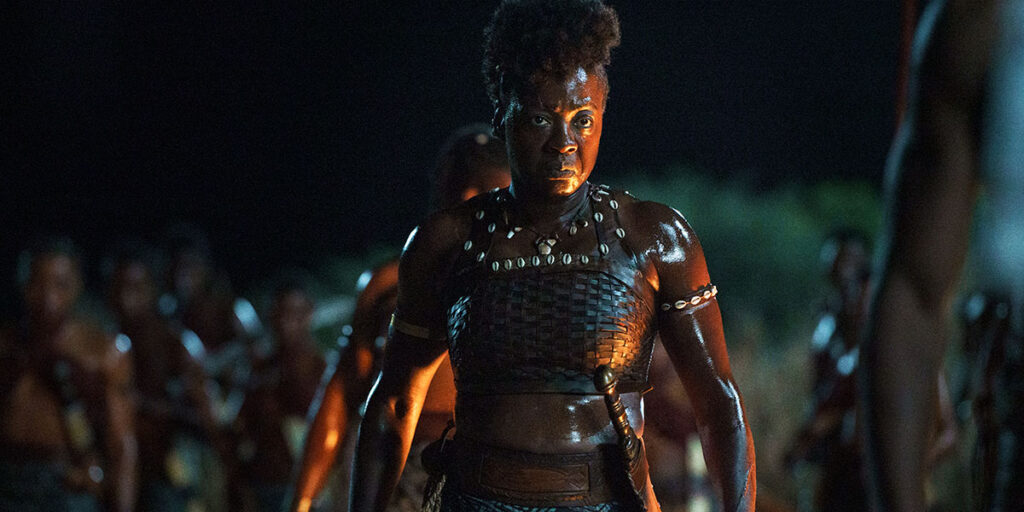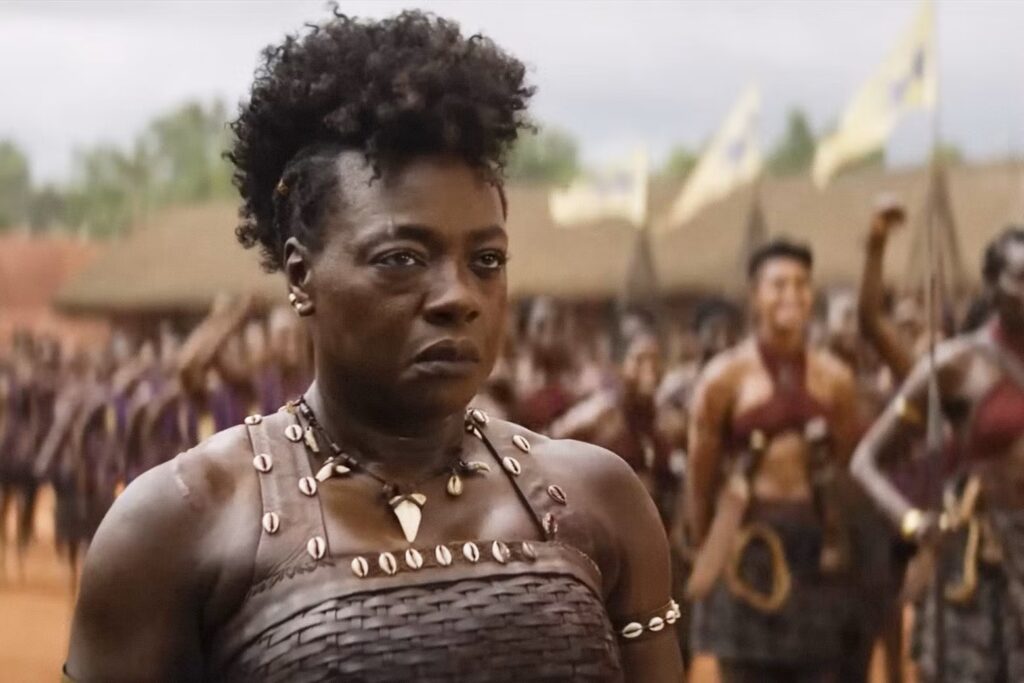In June 2016, the British Film Institute (BFI) introduced guidelines to increase and improve diversity on-screen and off. These Diversity Standards addressed inclusion in regards to on-camera representation, creative and production teams, industry access and opportunity, and audience development. In order to receive funding from BFI, BBC Films, and Film4, productions are required to meet the Standards. They must also be adopted by projects competing in the British film categories at the BAFTAs as well as all British features competing at the British Independent Film Awards.
To gauge if and how the Diversity Standards have made an impact, the BFI and Bigger Picture Research analyzed the 235 films that completed an application to the Standards from June 2016-March 2019 in a new report. Sixty-five of the features considered received BFI funding, and the others were financed by Film4 or BBC Films or were submitted to certain sections of the BAFTA or BIFA Awards.
Information was provided by producers and distributors.
While the vast majority of Standards applicants — 90 percent — fulfilled the minimum criteria by meeting at least two Standards, there are still multiple gaps in diversity and inclusion that need to be addressed. In particular, the Diversity Standards seem to have resulted in better inclusion of women, but people of color and other marginalized communities have not made the same strides. As incoming BFI CEO Ben Roberts said, per Deadline, “We can see the Standards are having a positive impact on representation both on screen and behind the camera, particularly when they are used early in pre-production. However, [this report] also shows us where change is too slow and that there is more work to be done.”
The first Diversity Standard, Standard A, “relates to on-screen representation, themes and narratives, [and] challenging tropes and stereotypes.” In order to meet Standard A, productions must meet three of these six criteria: lead characters, other characters, main storyline, other storylines, location, and casting decisions. The report revealed that 86 percent of applications engaged with this guideline, mostly via the on-screen inclusion of women (63 percent). Fifty-nine percent of applications cast underrepresented ethnicities, but only 34 percent of applications cast people of color in lead roles. Overall, “productions applying for Standard A appear to engage across a wider range of characteristics than those applying across any other Standard.” However, improvement is needed in terms of racial diversity and in challenging stereotypes and tropes.
Standard B deals with inclusivity among creative leadership and key crew members. Two of these four criteria must be met for Standard B applications: department heads, other key roles, other project staff, and employment in the nations and regions. Per the study, 67 percent of applications fulfilled Standard B’s minimum criteria and, once again, the majority of apps (71 percent) engaged via gender — “employing female department heads, other key roles, and other project staff on their productions.” People of color in leadership roles were included in 40 percent of apps, and senior roles for LGBTQ+ crew were referenced in 25 percent. The Diversity Standards seem to be helping women make gains in leadership roles, but off-screen inclusion is lagging for minority ethnic groups and the LGTBQ+ community.
Standard C encompasses industry access and opportunity, including training, job shares, promotions, and mentorship. Seventy-four percent of applications fulfilled the standard, i.e. met two of the following criteria: paid employment opportunities, training opportunities, promotion, first job, and mentoring. Applications most often engaged with Standard C via gender (54 percent); 27 percent of applications addressed race and ethnicity through skills and training. Further, “percentages of films engaging with Standard C in terms of socioeconomic background, disability, and gender identity are particularly low, with 0-7% of applications providing training opportunities for these respective groups.” Providing paid work placements is the most popular Standard C criterion (54 percent).
Finally, Standard D “relates to audience development and how films meet underserved audiences including regions outside London.” Just 25 percent of applications met Standard D, fulfilling three of these five criteria: disability access and materials, underserved audiences, UK audiences outside of London, promotional and marketing strategies, and partnerships utilizing specialist knowledge. In other words, when it comes to addressing inclusion, projects are much more apt to make change during the production of a film, rather than its distribution or exhibition.
“The key findings of this report demonstrate that the BFI Diversity Standards are helping to drive inclusion in terms of creative content and recruitment practices,” the study concludes. “However, it also shows that there needs to be a dramatic increase in the proportion of productions using the Standards, engaging across all Standards (including B) from the earliest stages of production.”
To ensure that more projects adopt the Diversity Standards — all the Standards — BFI has vowed to launch a new online application system early this year, allowing for the collection of more detailed data. The org will also “interrogate what interventions could support productions to meet Standard B … and consult with industry and unions on whether it could be made compulsory for all applicants,” and push for the Diversity Standards to be applied across the UK film industry.
Find out more about the BFI Diversity Standards and check out the full study here.
